Sometimes the simplest ideas are the best, and Kim Haughton's project Portrait of a Century is genius in both its simplicity and impact. The Irish photographer and documentary maker has photographed 100 people, one born in each year since the foundation of the State. The result is a compelling exhibition and book that, quite literally, shows the changing face of Ireland. Haughton's own career as a press photographer had already taken her to Angola, Lesotho, Mozambique and the Congo, and more recently to New York on a three-year contract as an associate photographer at the United Nations.
“Yes, and a year in, I decide to do a project based in Ireland,” she agrees with a wry smile in her voice.
The Portrait of a Century photographs, taken between 2015 and 2016, are brilliant images both of individuals and, cumulatively, of a changing culture. There is Gabriel Byrne, meditative in an armchair, a photograph that was also shortlisted for the Hennessy Portrait Prize 2016. The writer JP Donleavy, Chief Justice Susan Denham, singer Imelda May, and boxer Michael Conlan, are joined by other artists, politicians, and people selected to reflect the shaping of a century.
"I didn't set out to choose people who were well-known," says Haughton, whose award-winning images have been published worldwide, including in Time Magazine, Vanity Fair and Newsweek. The Guardian featured White Horses, in which two grey horses roam outside an abandoned newbuild in Co Leitrim, in their "Best Images of Europe since 1945" supplement in 2011. "But when I started to research it, that's the way it turned out. I had to find people and these were the ones whose dates of birth were known."
TK Whitaker
One of her first subjects was the economist TK Whitaker, who died earlier this year. “He was born in 1916, so he was the first for many reasons. Once I got someone of that calibre with that huge connection to Irish history and the Irish State, people were willing to come on board.” Whitaker’s death also poignantly demonstrates photography’s power to capture a moment, to freeze time.
Not all her subjects are famous. Farmer and carpenter Patrick Donoghue, who was born in 1946, features, as does Eunice Adeyle, born in 2007 and photographed in a stubble field, her black skin in strong contrast to her white Communion dress.
“With the younger people, their backgrounds are very diverse,” Haughton agrees. “It got very less white.” Was there a difference when it came to photographing the famous? “Only in that the more well-known people have less time,” she says, adding that the project is part of her move to find increasingly creative ways of storytelling through images, which has also seen her work exhibited in Dublin’s Gallery of Photography, the Solomon Gallery and the Hunt Museum.
“I try to make an image that creates an emotional response, so that there’s a feeling to it, whatever the interpretation is to the viewer. Once there’s an emotional content there, it’s worked for me,” she concludes.
Portrait of a Century is at the National Museum of Ireland Decorative Arts and History at Collins Barracks until December 31st, museum.ie. The book Portrait of a Century is available to buy online at lilliputpress.ie, €45. kimhaughton.com
1916
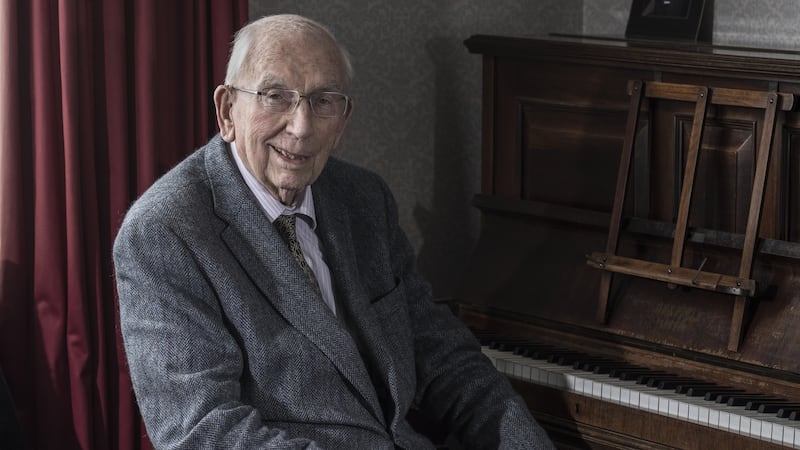
Ken Whitaker was an economist and former civil servant. In 1957, as secretary of the Department of Finance, he produced the Economic Development document detailing problems and proposing solutions to Ireland's economy. His proposals for free-trade policies over protectionism were adopted by the government and transformed the economy. In 2001 members of the public voted him Irish Person of the 20th Century, cementing his legacy as a great architect of modern Ireland.
1922
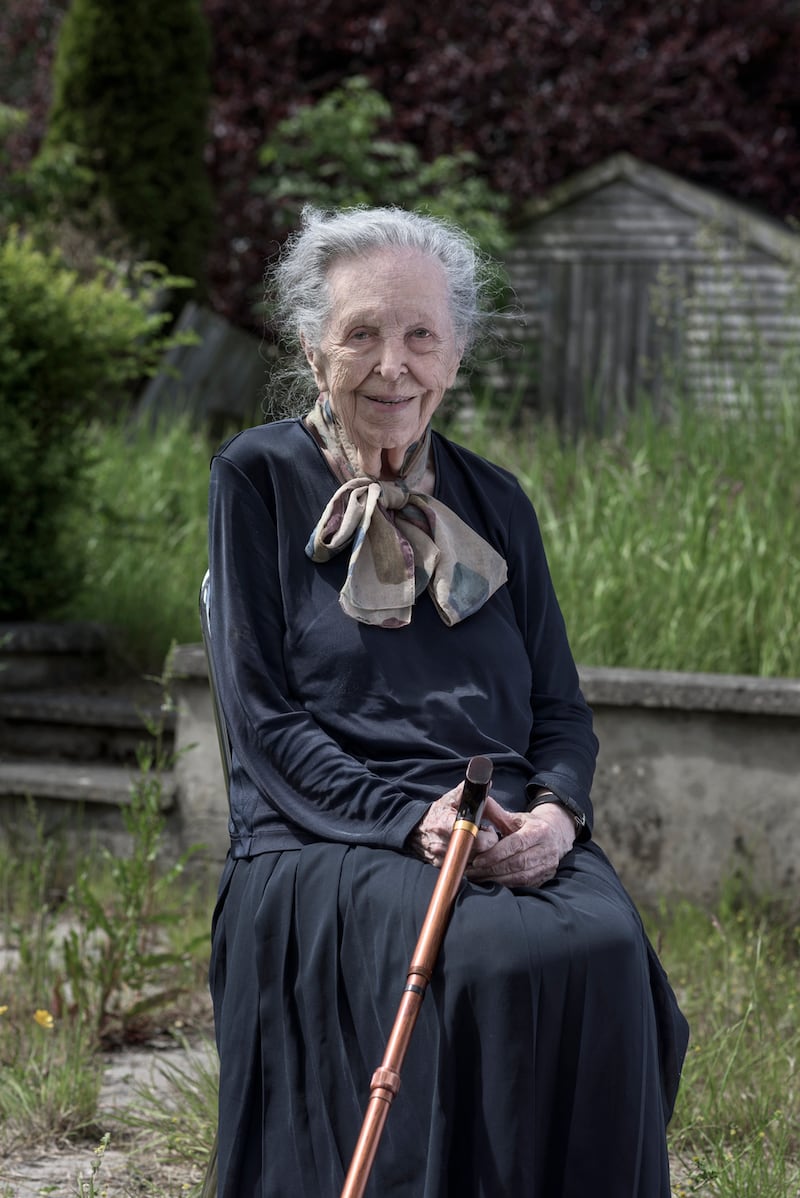
Máire Mhac an-tSaoi is an Irish-language poet and former diplomat. Her birth into a prominent political family in Dublin coincided with the birth of the Irish Free State. She is a pioneering feminist and became the first woman to be called to the bar in Ireland. As a diplomat she served in France, Spain and at the United Nations in New York. Her poetry depicted female experiences of love at a time when women's voices were rare in Irish society.
1926

JP Donleavy is an Irish-American novelist and playwright. He was born in New York and served in the US Navy before moving to Ireland to study at Trinity College. His debut novel, The Ginger Man, was influenced by his experiences in Dublin's postwar bohemian literary scene and was banned in Ireland and the United States. He has written 11 novels, two novellas, five nonfiction books, four plays and an autobiography and has lived in Ireland since 1969.
1933
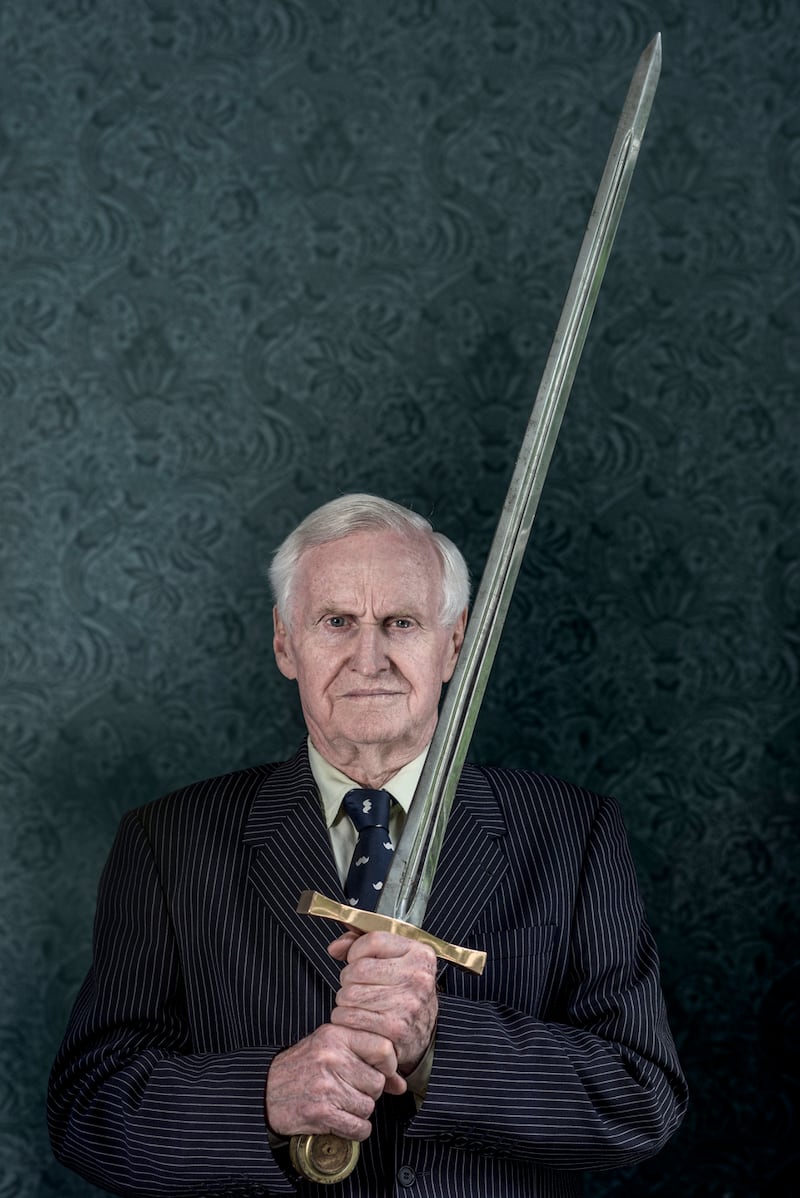
John Boorman is a film director and author. He has five Academy Award nominations, including one for the cult classic film Deliverance, and was awarded best director twice at the Cannes Film Festival, for Leo the Last and The General, which was based on a notorious Irish crime boss. His 1981 film Excalibur, filmed in Ireland using local actors, launched the careers of many in the Irish film industry. His first novel, Crime of Passion, was published in 2016.
1939
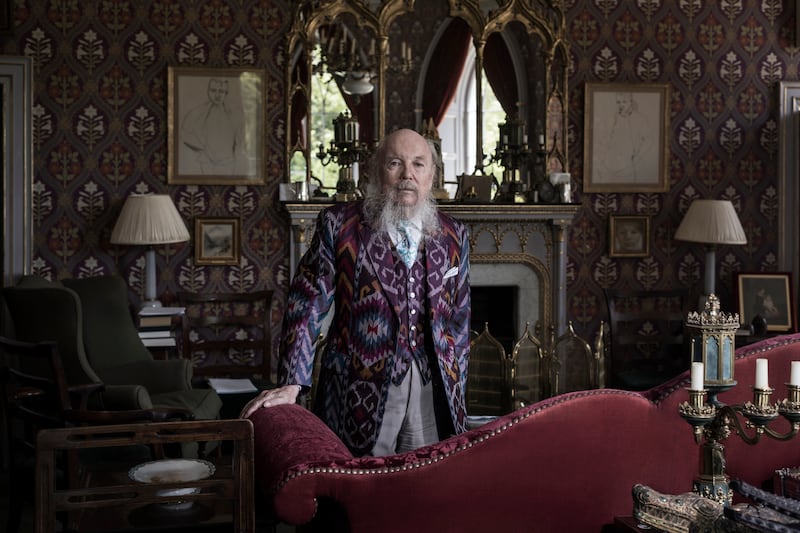
Garech de Brún is an Irish aristocrat and Guinness family heir. He is a patron of the arts, and in 1959 was the founder of the label Claddagh Records, which was instrumental in the revival and preservation of traditional Irish music. He lives on the Luggala estate in Wicklow, a place renowned in the 1960s as a gathering place for Dublin's intelligentsia as well as artists and musicians from around the world.
1945
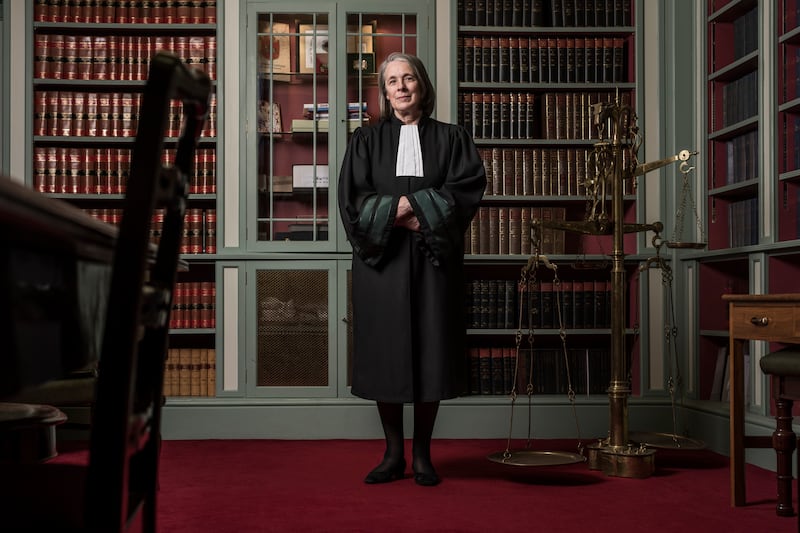
Susan Gageby Denham is the Chief Justice of Ireland. She was called to the bar in 1971 and became a senior counsel in 1987. She was appointed Chief Justice of the Supreme Court, the highest judicial position in the country, in 2011. She is the first woman to serve in the role. She is a proponent of judicial reform and was instrumental in creating the Courts Service of Ireland to manage the operations of the courts and modernise the judiciary.
1949
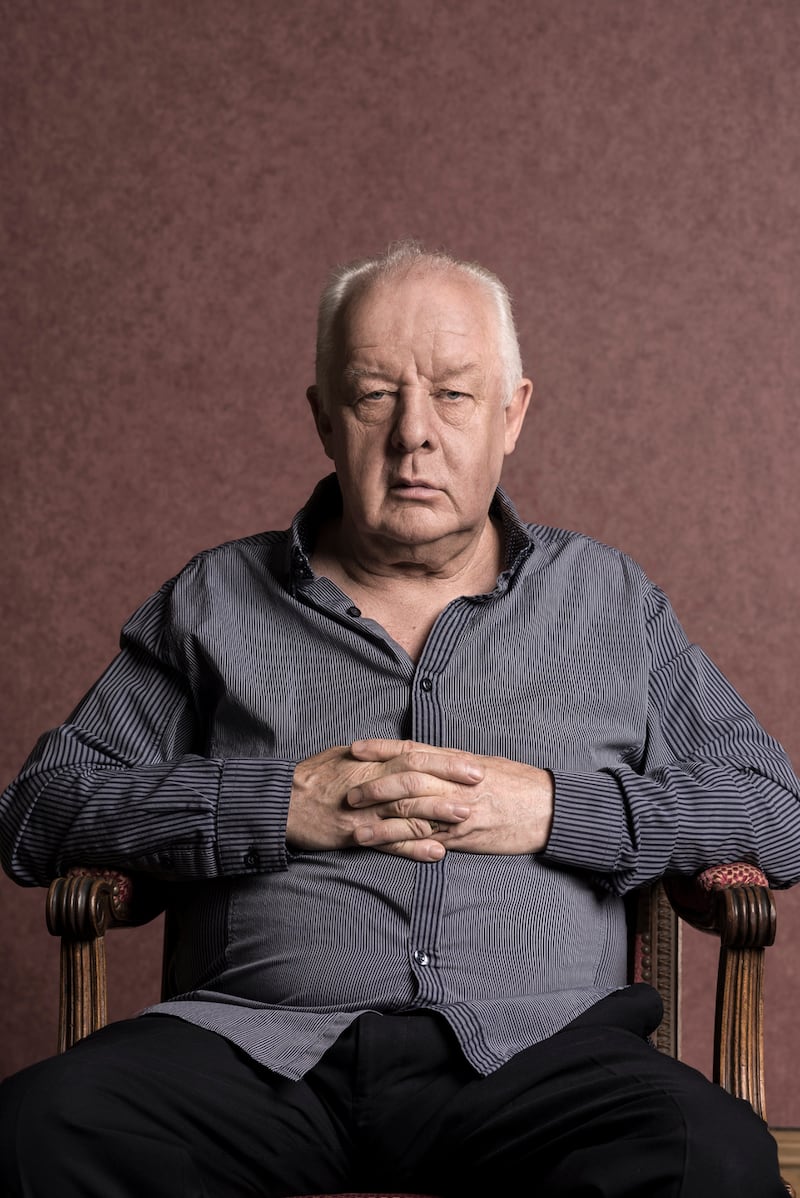
Jim Sheridan is a film director, writer and producer. He directed plays at the Project Theatre in Dublin before moving to New York where he studied film and became director at the Irish Arts Center. He wrote and directed his first feature film, My Left Foot, in 1989, which won Academy Awards for the two lead roles. He has directed 11 feature films, is a six-time Academy Award nominee and one of Ireland's best-known film-makers.
1953
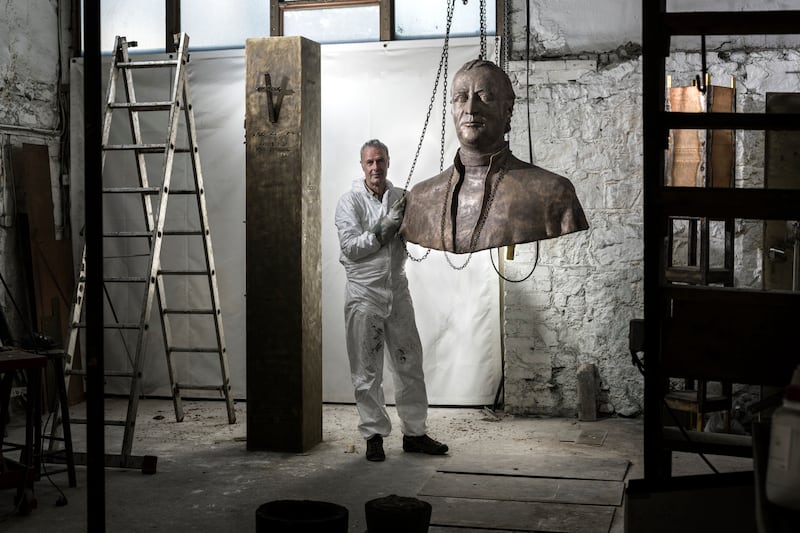
Rowan Gillespie is a bronze-casting sculptor. From his Dublin-based foundry he works on moulding, casting and finishing his pieces using a lost wax-casting process. He held solo exhibitions worldwide until 1997, when he began focusing exclusively on commissions. Famine on Custom House Quay in Dublin is one of his best-known works. His public sculpture Dagger John, depicting the Archbishop John J Hughes, was erected in New York in 2015 as part of his series Irish Giants.
1959
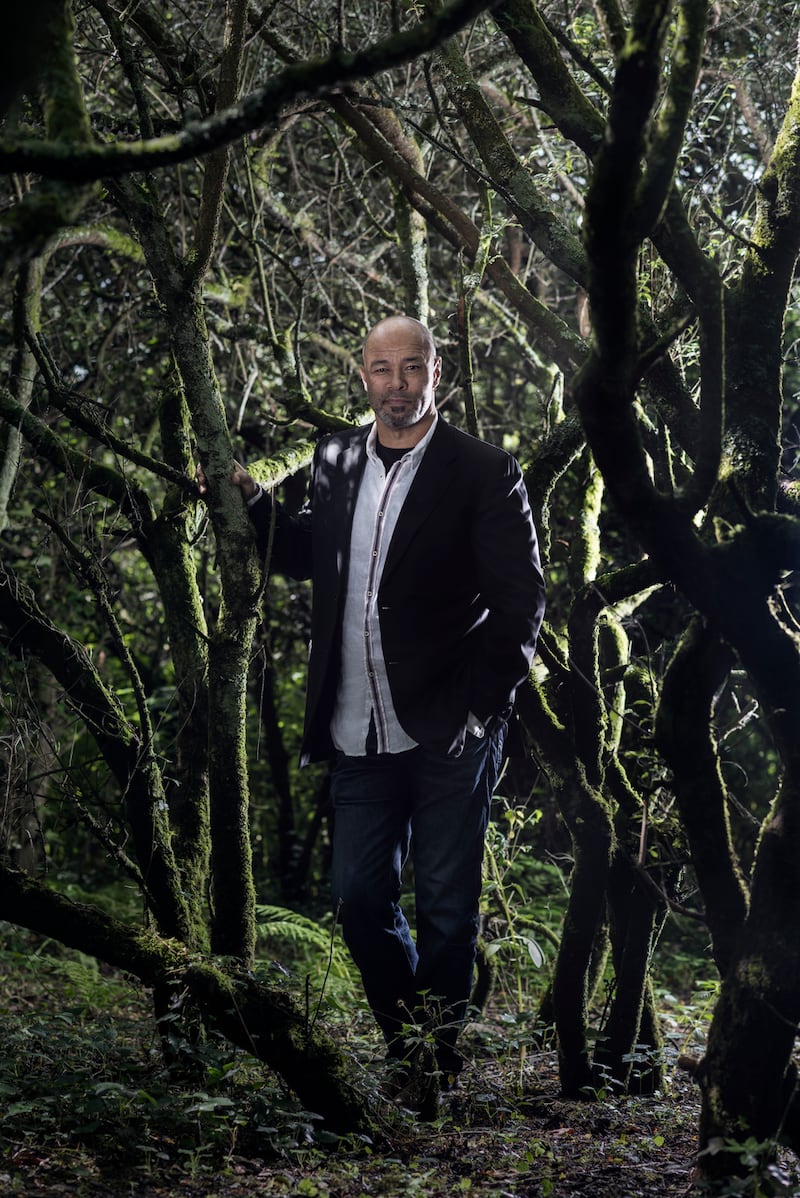
Paul McGrath is a retired professional footballer. He joined Manchester United in 1982 and won an FA Cup medal in 1985. He played for the Republic of Ireland, becoming the first black player to captain the Irish team. He won 83 caps during his international career and was part of the squad that played in the European Finals in 1988, and in the 1990 and 1994 World Cup finals. He joined Aston Villa in 1989, where he spent seven years.
1964
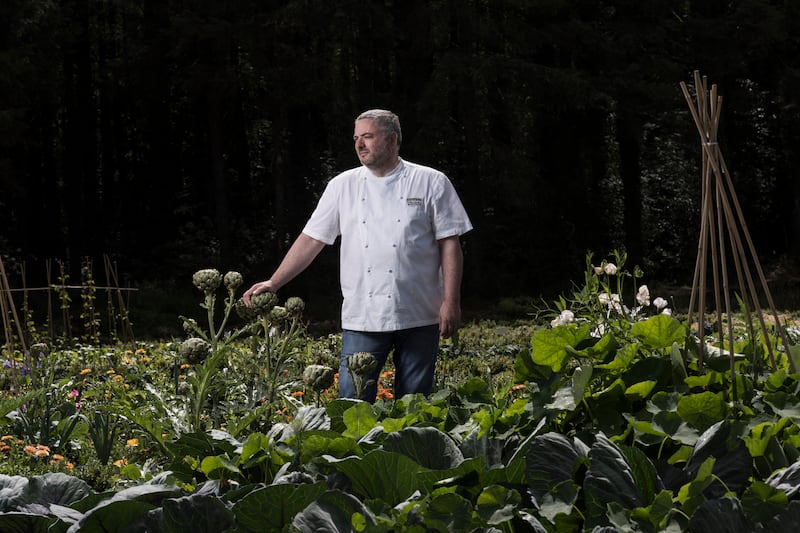
Richard Corrigan is a chef and restauranteur. He learned how to cook in the Netherlands and won his first Michelin star in 1994. He is the chef patron of three London restaurants, appears regularly on food-based TV shows and has cooked for Queen Elizabeth II. He is a proponent of hospitality and locally sourced ingredients, and owns Virginia Park Lodge, a 100-acre estate in Co Cavan, which supplies food and flowers to his London establishments.
1968
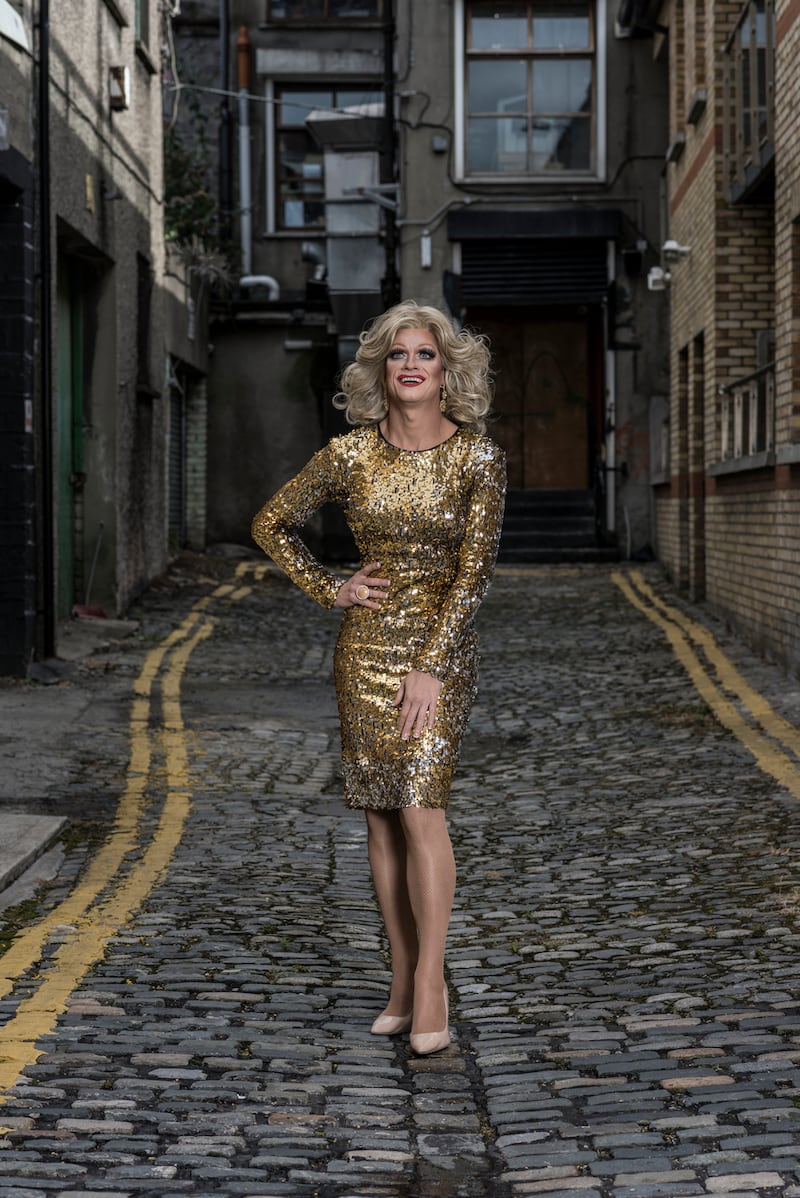
Panti is a drag queen and the alter ego of Rory O'Neill. A bar owner and gay-rights campaigner, he rose to international prominence following an impassioned plea for equality for and acceptance of the LGBT community during a speech at the Abbey Theatre. This followed a national incident that became known as Pantigate. He has been HIV-positive since 1995, and his life story and campaign for marriage equality was chronicled in the feature documentary The Queen of Ireland.
1974
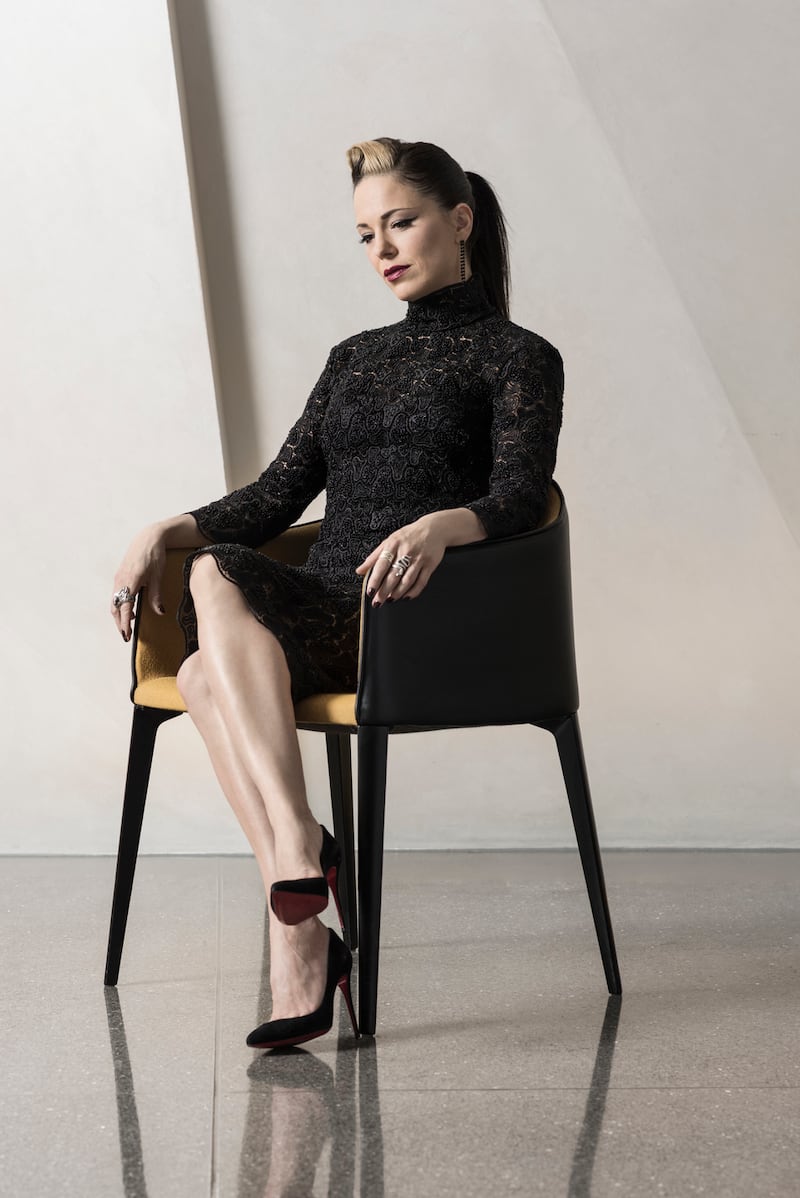
Imelda May is a songwriter and musician from Dublin. She first performed as a teenager at jam sessions in the basement of Bruxelles pub, before moving to London, where her appearance on a BBC music show led to international recognition and a performance at the Grammys. She was named best female artist at the Irish Music Awards in 2009 for her eclectic sound, which fuses rockabilly, blues and jazz. She has released five studio albums.
1977
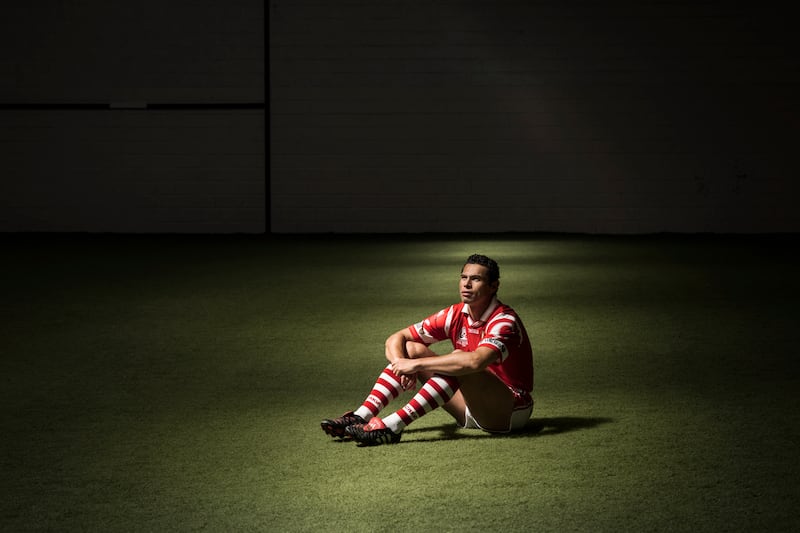
Seán Óg Ó hAilpín is a GAA player and banker. He was born on Rotuma Island, spent his early years in Fiji and Australia before moving to Ireland. In 1988 he joined Na Piarsaigh GAA club. He was on the Cork senior hurling team that won the all-Ireland final in 1999 and again in 2004, when he captained the team and delivered an impassioned victory speech in fluent Irish. He was awarded the Freedom of the City of Cork in 2011.
1986
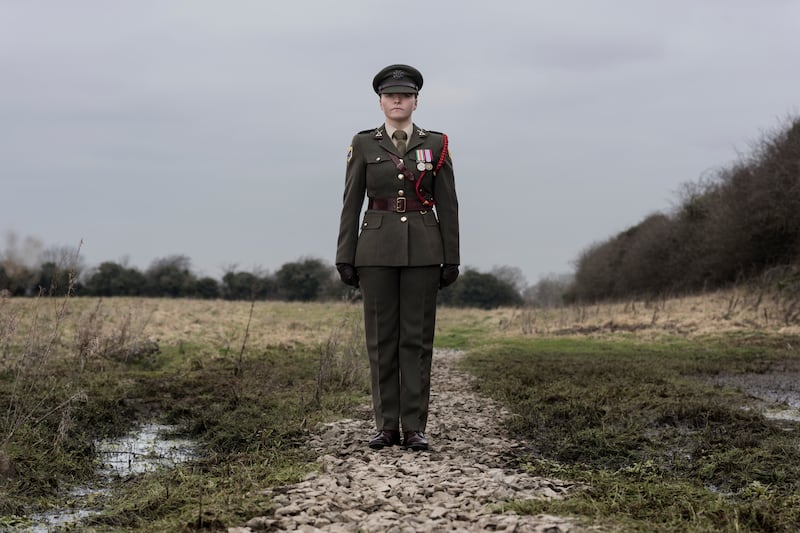
Ciara Ní Ruairc is a Captain in the Irish Defence Forces. She enrolled in Cadet School at the Curragh in 2005 and served on her first overseas mission with UNDOF (United Nations Disengagement Observer Force) in 2014, when she spent six months in the Golan Heights.
1987
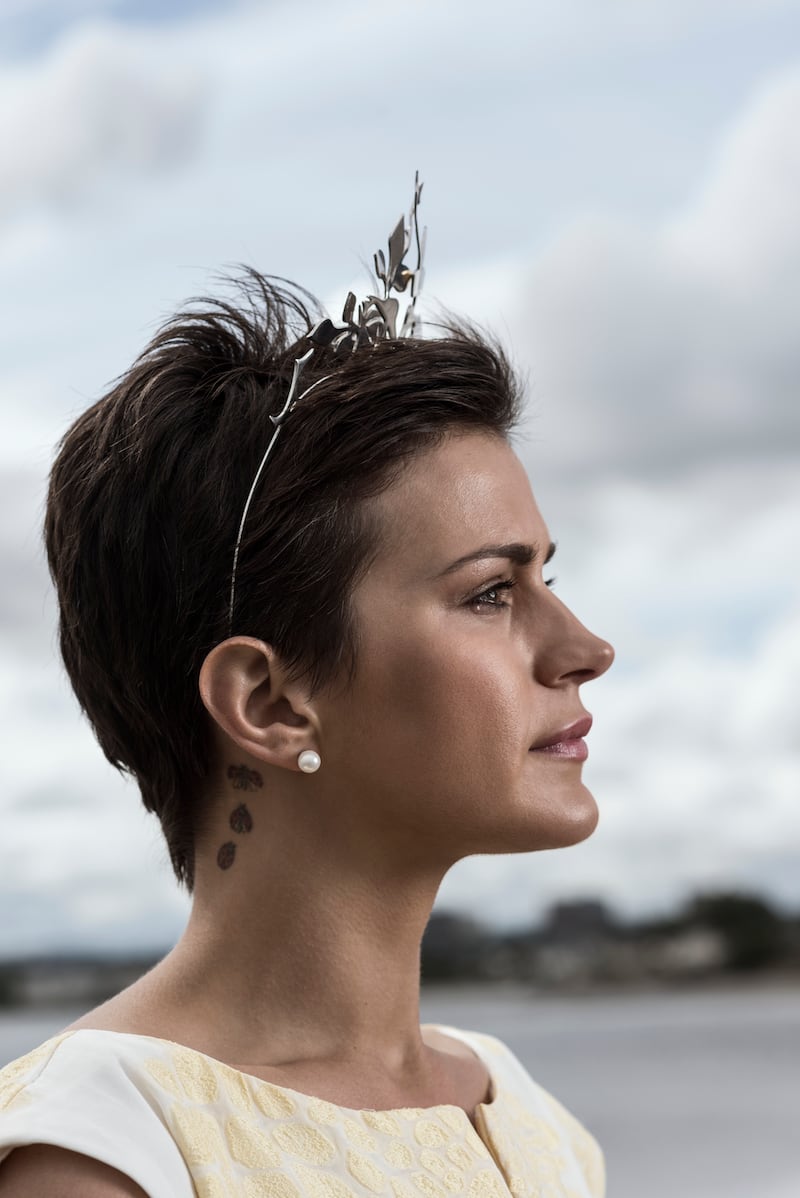
Maria Walsh is a broadcaster and journalist. She was born in Boston to Irish parents and is the 2014 winner of The Rose of Tralee. The festival, which is steeped in tradition and nostalgia, was tested days later, when she announced she was gay. She emerged as a powerful role model for the LGBT community and campaigned during the marriage equality referendum in 2015.
1994
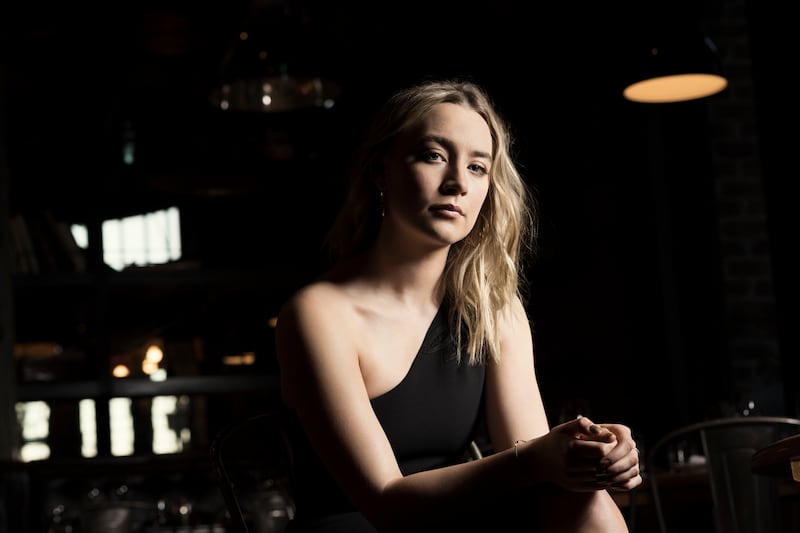
Saoirse Ronan is a New York-born Irish film actor. She first rose to prominence aged 13, when her role in Atonement earned her Academy Award, Bafta, and Golden Globe nominations. In 2015 she received her second Academy Award nomination for her leading role in Brooklyn, making her the youngest two-time nominee since 1946.
2000
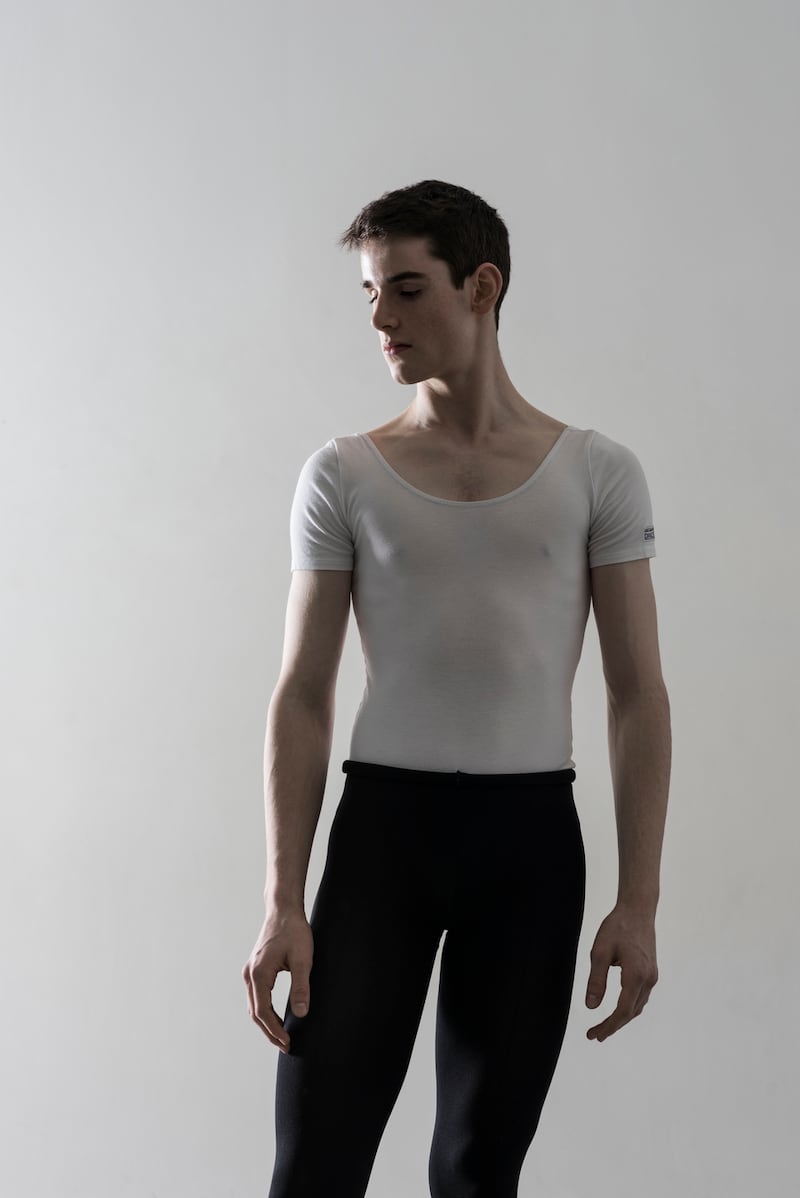
Gearóid Solan is a ballet dancer. He was born in Co Meath and joined the Irish National Youth Ballet aged nine. In 2015 he moved to London to become the first senior Irish male dancer in 30 years to join the Royal Ballet School at Covent Garden.
2002
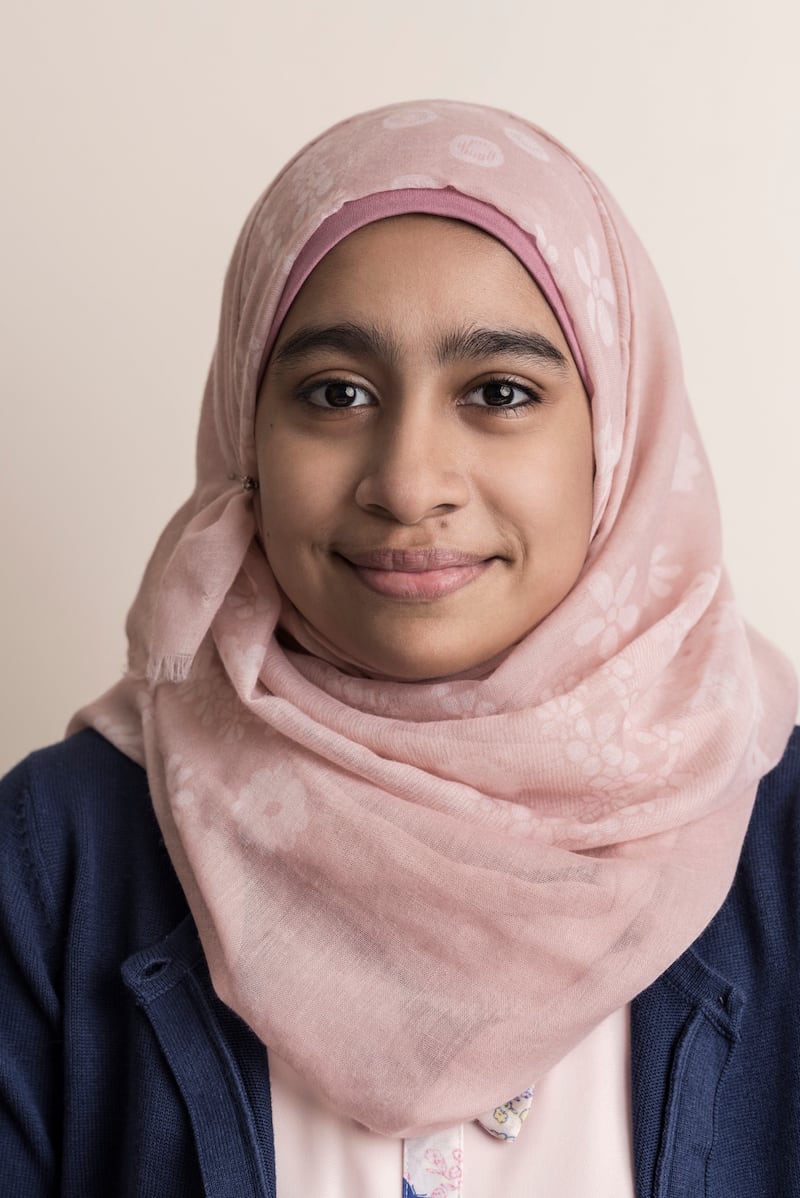
Maryiam Ahsan was born in Drogheda before moving to Dublin, where she goes to secondary school. Her favourite subjects are home economics and science. When she leaves school, she would like to study medicine and become a doctor like her dad. She loves debating and playing tennis. She doesn't like rain.
2015
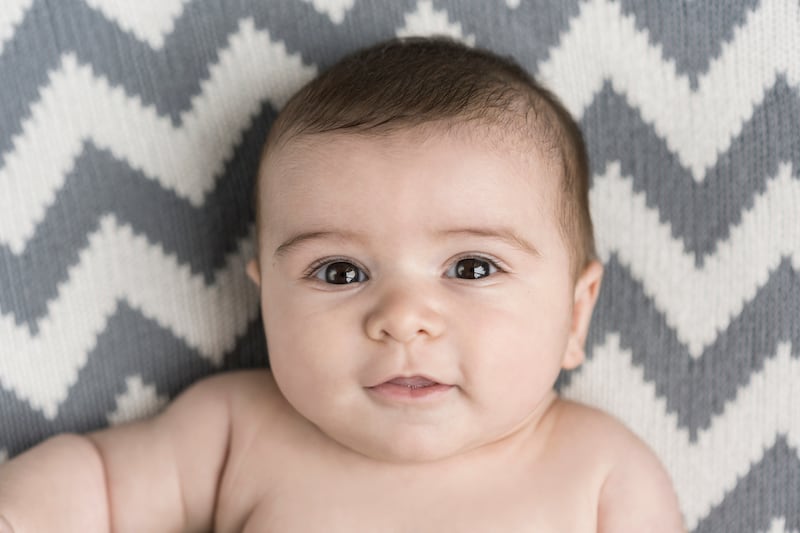
Dan Gallagher was born in Dublin, His parents were sure they were having a girl and took a while to find the right-fitting name. They dream that he will be safe and that the Ireland he grows up in will be a more tolerant, integrated and accepting place for everyone who lives in it.












